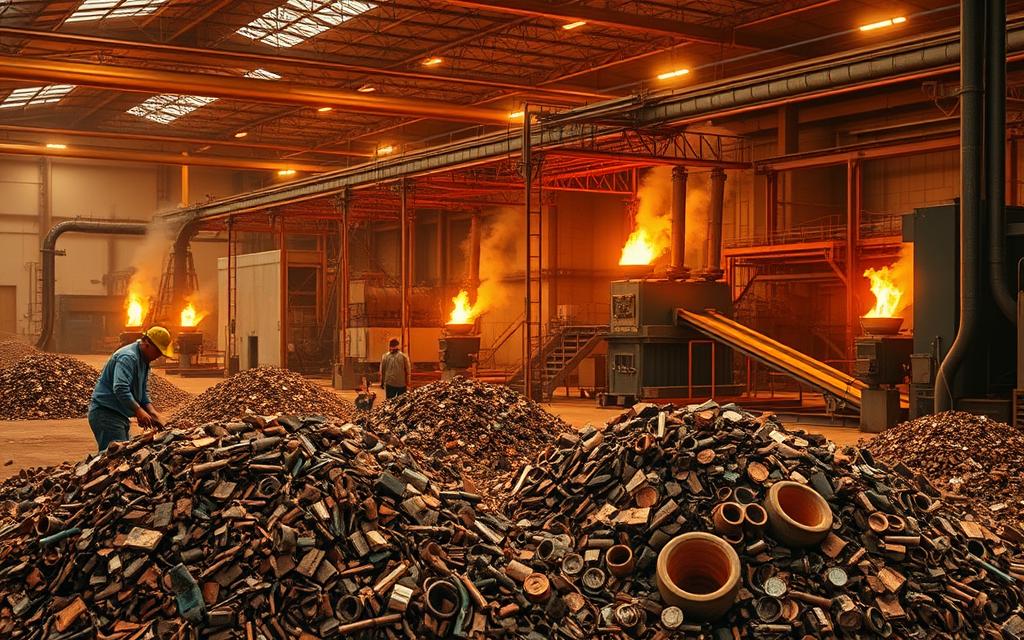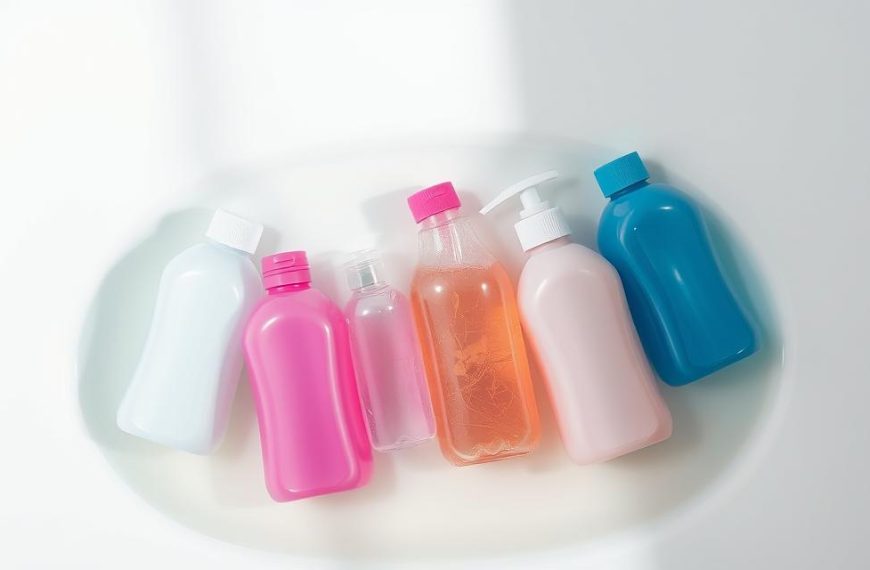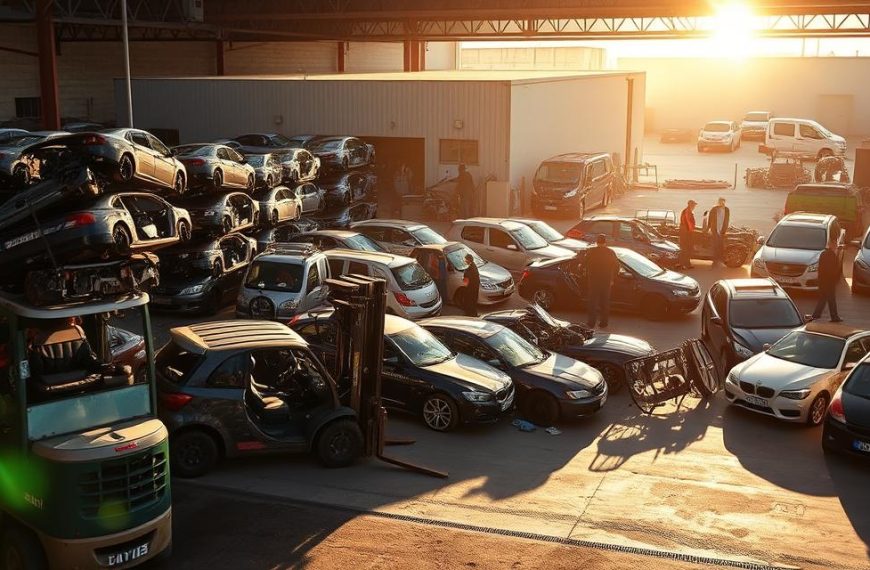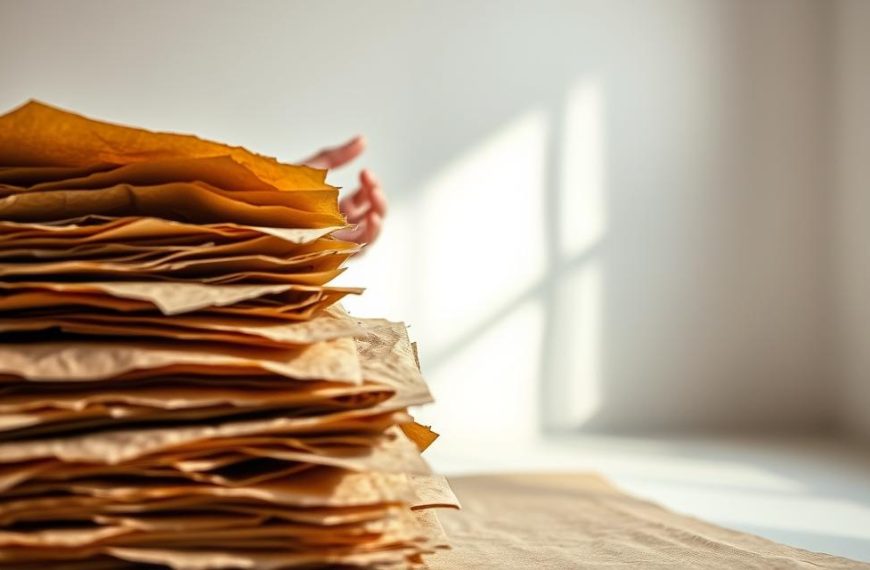For over 8,700 years, humans have valued this versatile material. Ancient civilizations recognized its durability and utility, laying the foundation for modern practices. Today, recycling plays a crucial role in meeting global demand for this essential resource.
With a recovery rate of 90%, this material retains its quality indefinitely. This makes it a sustainable choice for industries worldwide. The United States is a leader in production, contributing over 1.5 million metric tons annually, primarily from western states.
Globally, 17% of refined copper comes from recycled sources. It is widely used in electrical wiring, plumbing, and renewable energy technologies. As global supply needs grow, efficient processes ensure this resource remains available for future generations.
Introduction to Copper Recycling
Copper has shaped human progress for millennia, from ancient jewelry to modern infrastructure. Its first use dates back to 87,000 BC in the Middle East, where it was crafted into jewelry. Over time, this metal became a cornerstone of civilizations, from Roman mining on Cyprus to medieval recycling of cannons and bells.
Today, the United States holds 8% of global reserves, with significant deposits in Arizona, Montana, Nevada, New Mexico, and Utah. Modern recycling practices meet 90% of the nation’s needs, reducing the reliance on mining. This sustainable approach ensures that copper remains a vital resource for future generations.
Only 12% of Earth’s copper has been depleted so far, making it a non-renewable resource with immense potential for reuse. Its elemental properties allow it to be recycled indefinitely without losing quality. Unlike ferrous metals, which can degrade, copper retains its integrity over times.
Geographically, 65% of U.S. production comes from Arizona’s Morenci Mine. This metal is widely used in construction (43%) and transportation equipment (20%). Its conductivity, second only to silver, makes it essential for electrical applications worldwide.
“The Colossus of Rhodes, one of the ancient wonders, was fully recycled, showcasing copper’s enduring value.”
Scrap grades vary in value, with #1 Bare Bright being the most sought-after. #3 Roofing copper, while less valuable, still contributes to the recycling chain. This metal’s versatility ensures its place in modern life, from renewable energy systems to everyday electronics.
| Scrap Grade | Description | Value |
|---|---|---|
| #1 Bare Bright | Clean, unalloyed, uncoated wire | Highest |
| #3 Roofing | Oxidized or painted copper | Lower |
Why Copper is Ideal for Recycling
Copper’s unique properties make it a standout material for sustainable practices. Its ability to retain 95% of its value through multiple lifecycles ensures it remains a cost-effective resource. Recycling this metal saves 90% of the energy compared to virgin mining, making it an environmentally friendly choice.
One of the most remarkable features is its metallurgical stability. During melting, there’s no molecular breakdown, ensuring the material’s integrity. This stability allows it to maintain 100% conductivity, a critical factor for electrical components and renewable energy systems.
The global demand for this resource is skyrocketing, driven by the EV revolution. By 2040, the electric vehicle sector will require 183% more of this metal than traditional combustion engines. This surge highlights the importance of efficient recycling processes to meet future needs.
- Cost Efficiency: Recycling costs $0.35 per pound, compared to $0.90 for mining.
- Durability: Pipes made from this material last over 50 years, outperforming alternatives like PVC.
- Versatility: Contaminated scrap can be transformed into alloys like brass and bronze.
Its non-corrosive nature makes it ideal for marine applications, while its contribution to LEED certification supports green building initiatives. With 80% of ever-mined copper still in use, it’s a cornerstone of the circular economy.
“Recycling copper is not just sustainable; it’s a smart economic and environmental choice.”
From reducing pollution to lowering production costs, the benefits of recycling this metal are undeniable. Its role in modern industries ensures it remains a vital resource for generations to come.
Can Copper Be Recycled? The Process Explained
From residential wiring to industrial applications, scrap plays a vital role in the economy. This versatile material is categorized based on its source and quality, ensuring efficient reuse. Understanding the types of scrap and the steps involved in the recycling process is essential for maximizing its value.
Types of Copper Scrap
Scrap is classified into residential, industrial, and military categories. Residential sources include plumbing (55%), wiring (30%), and roofing (15%). Industrial scrap often consists of bus bars, heat exchangers, and transformer windings. Military specifications, such as MIL-C-50667B, ensure high-quality materials for specialized applications.
Contamination thresholds are critical. Scrap with over 0.25% impurities requires refining. Advanced sorting techniques, like XRF analyzers, help identify alloys and ensure purity. This classification system supports the copper recycling economy, making it a sustainable choice for industries.
Steps in the Copper Recycling Process
The recycling process begins with granulation, where materials are shredded into 10mm particles. Eddy current separation achieves 95% purity by removing non-metallic components. Pyrolysis removes insulation at 750°C, preparing the metal for further refining.
Electrorefining restores 99.99% purity, producing high-quality cathodes. Continuous casting transforms refined metal into 8-ton wire rod batches. Quality control ensures adherence to ASTM B49 standards, while byproduct recovery captures tin and lead for solder production.
| Step | Description | Outcome |
|---|---|---|
| Granulation | Shredding to 10mm particles | Prepares for separation |
| Eddy Current Separation | Removes non-metallic components | 95% purity achieved |
| Pyrolysis | Insulation removal at 750°C | Clean metal ready for refining |
| Electrorefining | Restores 99.99% purity | High-quality cathodes |
| Continuous Casting | Produces 8-ton wire rod batches | Ready for industrial use |
This efficient process ensures that valuable materials are reused, reducing the need for mining and supporting a circular economy. With instant availability, scrap is a sustainable solution for meeting global demand.
Environmental Benefits of Recycling Copper
Recycling copper offers significant environmental advantages, making it a cornerstone of sustainable practices. By reusing this valuable material, we reduce the strain on natural resources and minimize harmful impacts on the planet. This process not only conserves energy but also plays a vital role in reducing pollution and waste.
Energy Savings and Pollution Reduction
One of the most notable benefits is the energy savings achieved through recycling. Processing recycled material uses 100 gigajoules (GJ) per ton, compared to 140 GJ for virgin production. This reduction in energy consumption translates to lower greenhouse gas emissions, with only 0.5 tons of CO2e produced per ton of recycled copper, versus 4 tons for mined copper.
Recycling also significantly reduces air pollution. Sulfur dioxide emissions drop by 85% compared to traditional mining methods. Additionally, the process prevents the generation of mining waste, avoiding 0.5 tons of tailings per recycled ton. This helps preserve land and eliminates risks like acid mine drainage.
Water conservation is another critical advantage. Closed-loop systems reuse 95% of process water, saving over 10,000 gallons per ton processed. This efficient use of resources supports a healthier environment and ensures sustainable practices for future generations.
| Aspect | Recycling | Virgin Production |
|---|---|---|
| Energy Use | 100 GJ/ton | 140 GJ/ton |
| CO2 Emissions | 0.5 tons CO2e/ton | 4 tons CO2e/ton |
| Water Saved | 10,000+ gallons/ton | N/A |
Case studies, like Rio Tinto’s Kennecott smelter, highlight the real-world impact of recycling. By incorporating scrap, the facility reduced emissions by 65%. Looking ahead, projections suggest that continued recycling efforts could save 530 million tons of CO2 by 2050.
From conserving resources to mitigating pollution, the environmental benefits of recycling this material are undeniable. It’s a sustainable solution that supports both the environment and the global economy.
Economic Advantages of Copper Recycling
The economic impact of recycling this material extends far beyond environmental benefits. The U.S. scrap market alone is valued at $12 billion, driven by high demand and efficient supply chains. Industries save 35% on production costs by using recycled feedstock, making it a smart financial choice.
Auto manufacturers, for example, save $380 per vehicle by incorporating recycled bus bars. This highlights the significant role of scrap in reducing expenses while maintaining quality. The global refined market is projected to reach $295 billion by 2030, further emphasizing its economic importance.
Scrap Value of Copper
Scrap pricing varies based on quality and type. #1 Bare Bright commands $3.50 per pound, while #2 and insulated grades fetch $2.75 and $1.90, respectively. Regional differences also play a role, with Midwest premiums often higher than Gulf Coast export prices.
Industrial incentives, such as a 10% tax credit for using recycled content, encourage businesses to adopt sustainable practices. Export economics further boost the market, with 22% of U.S. scrap shipped to Chinese brass mills. This global trade supports the economy while meeting international demand.
- Manufacturing Savings: Recycled materials cost 15¢ less per pound than primary production.
- Market Drivers: COMEX futures significantly influence scrap pricing.
- Theft Prevention: ISRI’s ScrapTheftAlert.com helps track and recover stolen materials.
- Investment Potential: Copper ETFs have outperformed gold since 2020, offering lucrative opportunities.
| Scrap Grade | Price per Pound | Key Features |
|---|---|---|
| #1 Bare Bright | $3.50 | Clean, unalloyed, uncoated wire |
| #2 | $2.75 | Lightly oxidized or coated |
| Insulated | $1.90 | Wires with insulation |
From reducing costs to driving global trade, the economic benefits of recycling this material are undeniable. Its role in modern industries ensures it remains a vital resource for years to come.
“Recycling isn’t just about sustainability; it’s a powerful economic driver.”
Challenges in Copper Recycling
The recycling industry faces unique hurdles when dealing with this valuable material. Contamination and separation issues often hinder the process, affecting the overall quality of the final product. Addressing these challenges is crucial for maintaining efficiency and sustainability.
Contamination and Separation Issues
One of the primary challenges is contamination from other materials. For example, PVC-insulated wires cause an 18% efficiency loss during recycling. Similarly, brass remelting results in a 15% zinc loss, reducing the recovery rate. PCB-contaminated scrap increases costs by $150 per ton, while excessive nickel content leads to 25% of global scrap being rejected.
Common contaminants include lead solder (Sn63/Pb37) and beryllium alloys. Advanced separation technologies, such as laser-induced breakdown spectroscopy (LIBS), are essential for identifying and removing these impurities. Hazardous materials like asbestos-insulated wires require strict disposal protocols to ensure safety.
- Alloy Cross-Contamination: Even 0.5% aluminum can ruin the conductivity of the final product.
- Cost Barriers: Cryogenic grinding systems, costing over $500k, are often necessary for effective separation.
- Regulatory Challenges: Compliance with the EPA Toxic Substances Control Act adds complexity to the process.
Case studies highlight the financial impact of these issues. For instance, GM faced a $2M loss due to mixed brass and copper scrap. Emerging solutions, like AI-powered robotic sorting systems, offer hope for improving efficiency. Industry initiatives, such as ISRI’s CIRCULAR program, aim to certify quality and streamline operations.
Overcoming these challenges requires innovation and collaboration. By addressing contamination and separation issues, the recycling industry can enhance the properties of recycled metals and reduce waste. This ensures that valuable resources are preserved for future generations.
Conclusion
Modern industries rely heavily on this essential material for sustainability. With a 90% recovery rate, copper remains a cornerstone of the circular economy. Yet, only 17% of global supply comes from recycled sources, highlighting a critical gap.
Meeting the projected 53 million ton demand requires a 300% increase in recycling efforts. Consumers can make a difference by partnering with R2-certified recyclers like CJD E-Cycling. Policy incentives for closed-loop manufacturing can further drive progress.
Without intervention, a 10 million ton deficit could emerge by 2035. The average household contains 400 pounds of recyclable copper, offering immense potential for change. As the circulatory system of modern civilization, this material holds the key to a sustainable future.



















